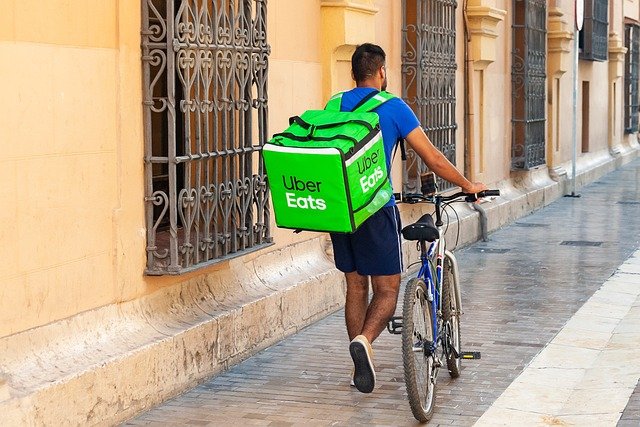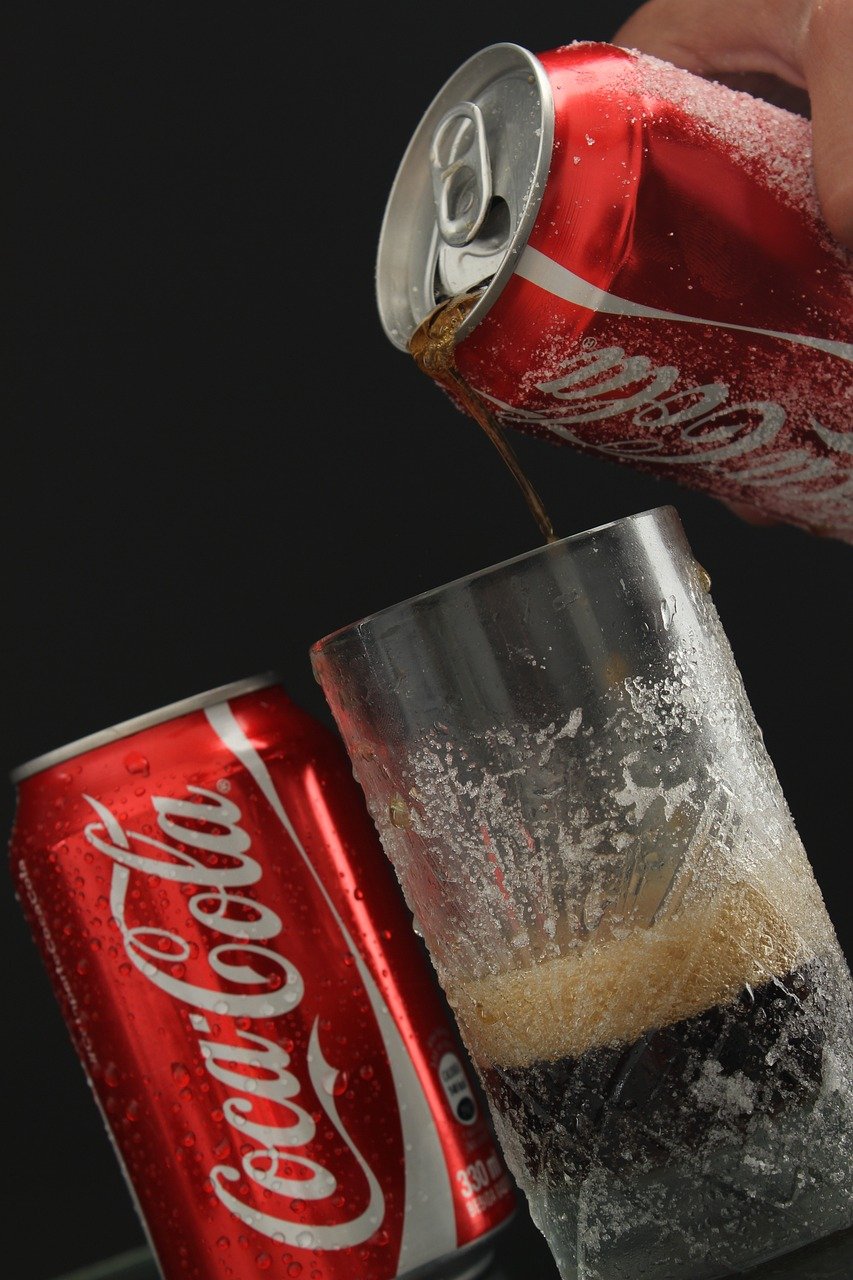Services Marketing | Introduction
Table of Contents
Introduction to Services Marketing (1)
Services marketing is a specialized branch of marketing that focuses on promoting and selling intangible goods or services. It differs significantly from product marketing due to the unique characteristics of services, such as intangibility, inseparability, variability, and perishability. This article explores the fundamentals of service marketing, the service marketing mix, and the role of each element in service marketing, providing a comprehensive overview of this critical field.

Fundamentals of Services Marketing
Definition and Scope of Services Marketing
- Definition: Services marketing promotes and sells intangible offerings that provide customer value through experiences and relationships. It encompasses various financial, healthcare, entertainment, and professional services. Services are often characterized by their ability to solve problems, provide convenience, or enhance customer experiences.
- Scope: The services marketing scope is vast, covering business-to-business (B2B) and business-to-consumer (B2C) services. It plays a crucial role in the global economy by providing essential services that cater to individual and business needs. In the Philippines, banking, telecommunications, and healthcare services are integral to the economy and daily life.

Characteristics of Services
- Intangibility: Services are intangible and cannot be seen or touched. This makes it challenging to market them compared to tangible products. For instance, a financial advisory service cannot be physically held, but its benefits can be experienced through improved financial management.
- Inseparability: Services are often produced and consumed simultaneously, making it challenging to separate production from consumption. For example, a medical consultation simultaneously involves the service’s delivery and consumption.
- Variability: Services can vary greatly in quality depending on the provider and the context in which they are delivered. A hotel stay can be vastly different based on the staff’s attentiveness and the hotel’s amenities.
- Perishability: Services cannot be stored or inventoried; they must be consumed at the time of production. For instance, a seat on a flight cannot be sold after the flight has departed.

Services Marketing Mix
The service marketing mix is an expanded version of the traditional marketing mix, incorporating additional elements to address the unique characteristics of services. It includes the 7 Ps: Product, Price, Promotion, Place, People, Process, and Physical Evidence.

Role of Each Element in Services Marketing
Product (Service Offering): This involves defining the service and its benefits. For example, a wellness coaching service might focus on helping clients achieve fitness goals by providing personalized workout plans and nutrition advice. The service offering should align with customer needs and preferences.
- Example: Anytime Fitness in the Philippines offers a unique service by providing 24/7 access to gyms, catering to individuals with non-traditional work schedules. This flexibility is a key differentiator in the fitness industry.
Price: Service pricing strategies often consider competition, value perception, and cost structure. For instance, a consulting firm might charge based on expertise and the value added to clients. The perceived quality of the service can also influence pricing.
- Example: BDO Unibank offers premium banking services with higher fees, targeting high-net-worth individuals who value personalized financial management and exclusive benefits.
Promotion: Promotion involves creating awareness and building trust with potential customers. This can be achieved through advertising, public relations, and personal selling. In services marketing, building a strong brand reputation is crucial.
- Example: Globe Telecom uses promotional campaigns to highlight its network coverage and data speeds, appealing to customers seeking reliable mobile services.
Place (Distribution): This refers to how services are delivered to customers. For example, online services can be accessed globally, while physical services require a physical presence. The distribution strategy should ensure convenience and accessibility for customers.
- Example: Grab Philippines delivers its services through a mobile app, making it easy for users to access transportation and food delivery services anywhere.
People: The people element emphasizes the importance of service providers in delivering high-quality experiences. For instance, a healthcare service relies on skilled doctors and nurses to build patient trust. Training and empowering employees are essential for service excellence.
- Example: St. Luke’s Medical Center invests heavily in staff training to ensure patients receive compassionate and professional care, enhancing their overall experience.
Process: This involves the systems and procedures used to deliver services efficiently. For example, a bank might streamline its loan application process to improve customer satisfaction by reducing waiting times and paperwork.
- Example: BPI has implemented digital banking platforms to simplify transactions, making it easier for customers to manage their accounts and apply for loans online.
Physical Evidence: This refers to tangible elements that support the service experience, such as the restaurant’s ambiance or the hospital’s design. Physical evidence can influence customer perceptions of quality and value.
- Example: Shangri-La Hotel in Manila offers luxurious amenities and décor, creating a premium guest experience that aligns with its brand image.

In conclusion, services marketing is a critical field that promotes intangible offerings by building customer relationships and delivering value through experiences. Understanding the unique characteristics of services and effectively applying the service marketing mix is essential for businesses seeking to succeed in the service sector.
Local companies like BDO Unibank, St. Luke’s Medical Center, and Globe Telecom demonstrate how these strategies can be applied in the Philippine market to enhance customer satisfaction and loyalty. By leveraging the service marketing mix and addressing the unique challenges of services, entrepreneurs and businesses can create competitive advantages and drive growth in the service industry. As the global economy continues to shift towards service-oriented economies, the importance of effective services marketing will only continue to grow.

More Stories
- Coca-Cola Acquisition and Rebranding
- Traditional Thai Costume Rental | Pattaya
- Palm Veranda, Palm Fairway Club | Restaurant Review
- Boodle de Pala Pala | Park Inn by Radisson Bacolod
- 20 TOP SINGAPORE TOURIST SPOTS | THINGS TO DO
- CEBU TOURIST SPOTS | THINGS TO DO
- CREMATION, A CHOICE FOR MANY FILIPINOS | Teresa Development Corporation
- 10 MEN’S FASHION HACKS | DRESS TO IMPRESS





This post was exactly what I needed to read today. Thank you for creating content that speaks to the heart.